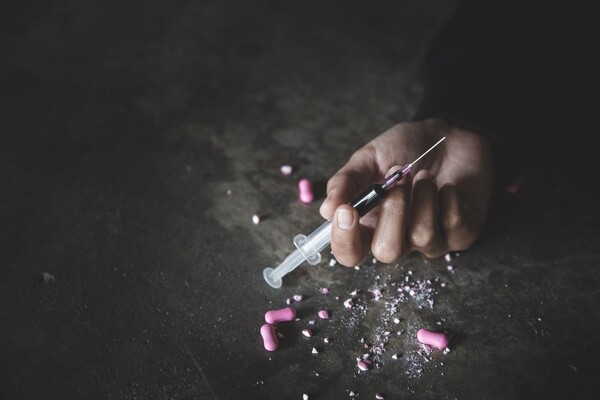Infection
New AIDS infections totaled 1,066 last year, up 9.3% from 2021
Last year, 1,066 people were infected with HIV/AIDS, a 9.3 percent increase from the previous year. Five people were infected through the shared use of narcotics.
Rep. Choi Young-hee of the People Power Party analyzed data on the status of AIDS infection in the last five years submitted by the Korea Centers for Disease Control and Prevention (KDCA) and released its results on Monday.
According to Choi, there were 1,066 new infections last year, an increase of 91 from 975 in 2021.
By sex, 984, or 92.3 percent of the new infections were men, far outnumbering 82 women (7.7 percent). Of the 582 new infections among Koreans, 577 were due to sexual contact, accounting for 99.1 percent. Of these, 348, or 60.3 percent, were same-sex contacts.
From 1985, when the statistics began, to 2018, more people contracted HIV through heterosexual sex. Since 2019, however, same-sex sex infections have surpassed heterosexual sex infections.
Besides, five people were infected through shared drug injections last year. The route of drug injection had been sparsely reported, with one case in 1992, 2000, 2008, 2010, and 2017. In recent years, however, it showed no interruptions for four consecutive years, with two cases in 2019, two in 2020, one in 2021, and five in 2022.
“Sexually transmitted diseases have become a pandemic, with more than 10,000 patients diagnosed with syphilis in Japan,” Choi said. “The health authorities need to provide active prevention education and conduct PR campaigns, as the number of new AIDS infections in Korea also exceeded 1,000 again.”
From 1985, when AIDS was first reported in Korea, to the end of 2022, the cumulative number of Koreans living with AIDS totaled 15,880 — 14,882 men and 998 women.

